Education in Colombia
As an expert in education, I’ll delve into the landscape of education in Colombia. Colombia boasts a diverse educational system influenced by cultural and historical factors. The country’s commitment to improving access to education has led to significant progress over the years.
Colombia’s education system is divided into different levels, including preschool, primary, secondary, and higher education. Access to education in Columbia has been a key focus for the government, resulting in increased enrollment rates across all levels. Efforts have also been made to enhance quality of education, with initiatives aimed at improving curriculum standards and teacher training.
Challenges such as educational inequality and limited resources persist in certain regions of Colombia, impacting the overall effectiveness of the education system. Despite these hurdles, ongoing reforms and investments continue to shape the future of education in Colombia.
Overview of Education in Colombia
Education in Colombia is a critical aspect of the country’s development and progress, reflecting its commitment to providing accessible and quality learning opportunities for all. The education system in Colombia is divided into different levels, including preschool, primary, secondary, and higher education. Each level plays a vital role in shaping the knowledge and skills of students as they progress through their academic journey.

One significant feature of education in Colombia is its focus on improving literacy rates and promoting inclusive education. Efforts have been made to enhance access to schooling for marginalized communities, including indigenous populations and those living in rural areas. Initiatives such as bilingual education programs aim to preserve cultural heritage while ensuring that all students have equal opportunities to learn and succeed.
In recent years, the Colombian government has implemented reforms to enhance the quality of education across the country. These reforms include updating curricula, providing professional development for teachers, and integrating technology into classrooms. By modernizing educational practices and fostering innovation, Colombia aims to prepare its students for the challenges of a rapidly evolving global landscape.
Despite these advancements, challenges persist within the Colombian education system. Issues such as educational inequality, limited resources in remote regions, and gaps in infrastructure remain obstacles to achieving universal access to quality education. Addressing these challenges requires continued investment in educational initiatives and policies that prioritize equity and excellence throughout the entire learning process.

Overall, education in Colombia stands as a cornerstone of societal advancement, offering individuals the tools they need to build successful futures and contribute meaningfully to their communities. By recognizing both achievements and areas needing improvement within its educational framework, Colombia can continue striving towards a more inclusive and effective system that empowers learners at every level.
Early Childhood and Primary Education
In Colombia, early childhood and primary education play vital roles in shaping the foundation of a child’s academic journey. The government has made significant strides in recent years to improve access and quality in these crucial educational stages.
Importance of Early Childhood Education
- Early Stimulation: Engaging children in stimulating activities from a young age fosters cognitive development.
- Social Skills Development: Interaction with peers and educators enhances social skills essential for future success.
- Language Acquisition: Exposure to language-rich environments aids in linguistic proficiency.
Primary Education Reforms
Colombia has implemented reforms to enhance primary education:
- Curriculum Enhancement: Modernizing curricula to align with global standards.
- Teacher Training Programs: Empowering educators through specialized training initiatives.
- Infrastructure Investment: Upgrading school facilities to provide conducive learning environments.
Challenges Faced
Despite progress, challenges persist:
- Rural Disparities: Discrepancies in educational resources between urban and rural areas hinder equal opportunities.
- Dropout Rates: Addressing factors leading to student dropout remains a priority for sustained education improvement.

Education at these formative stages sets the trajectory for a child’s future academic success, underscoring the significance of continuous enhancements and equitable access across all regions of Colombia.
While challenges remain, such as regional disparities and resource limitations, the strides taken by Colombia in advancing its education sector are commendable. By fostering a culture of continuous improvement and innovation, I believe Colombia is well-positioned to further elevate its educational standards and empower future generations.

